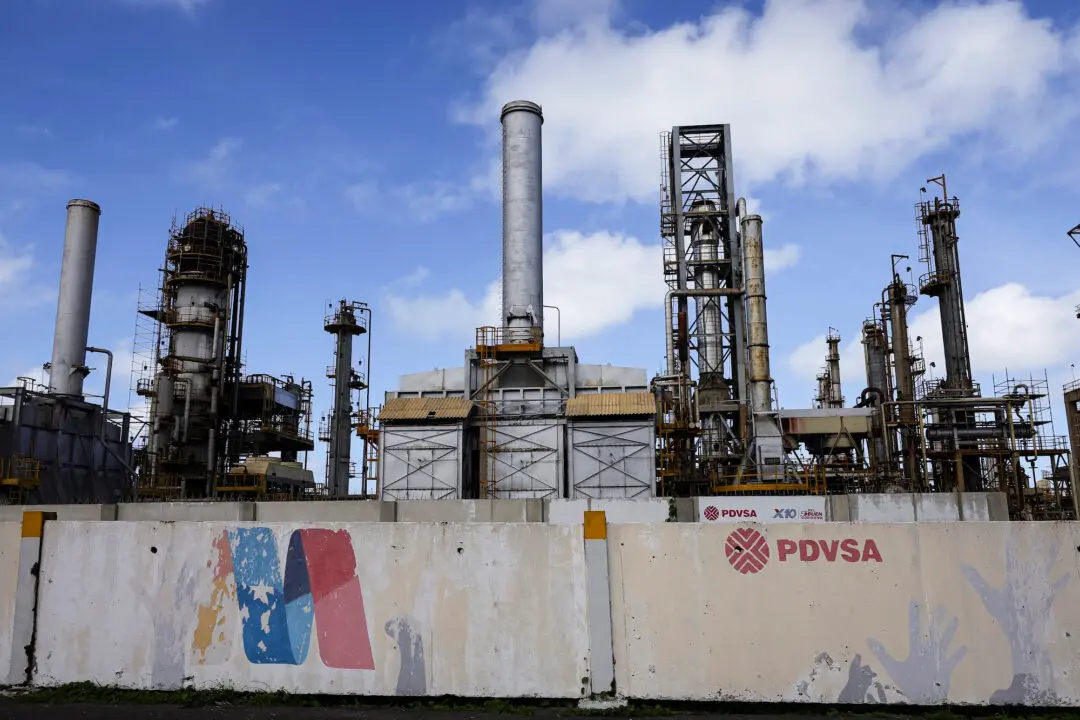While the White House took a victory lap on Aug. 10’s declining inflation print, some experts say the true rate of inflation in the United States is much higher than the officially reported data indicate.
The Bureau of Labor Statistics (BLS) reported that the headline pace of inflation, as reflected in the Consumer Price Index (CPI), ticked down to 8.5 percent in July from a 41-year high of 9.1 percent in June.





